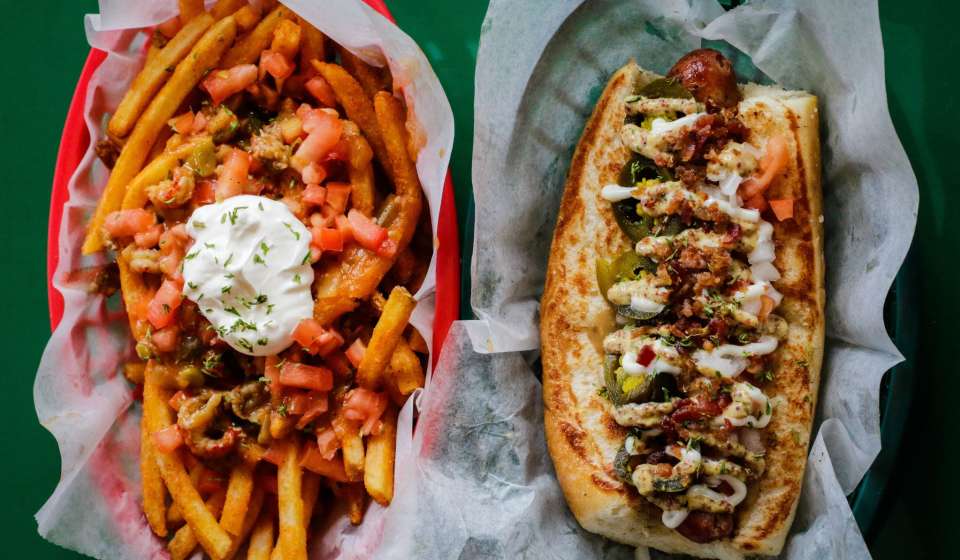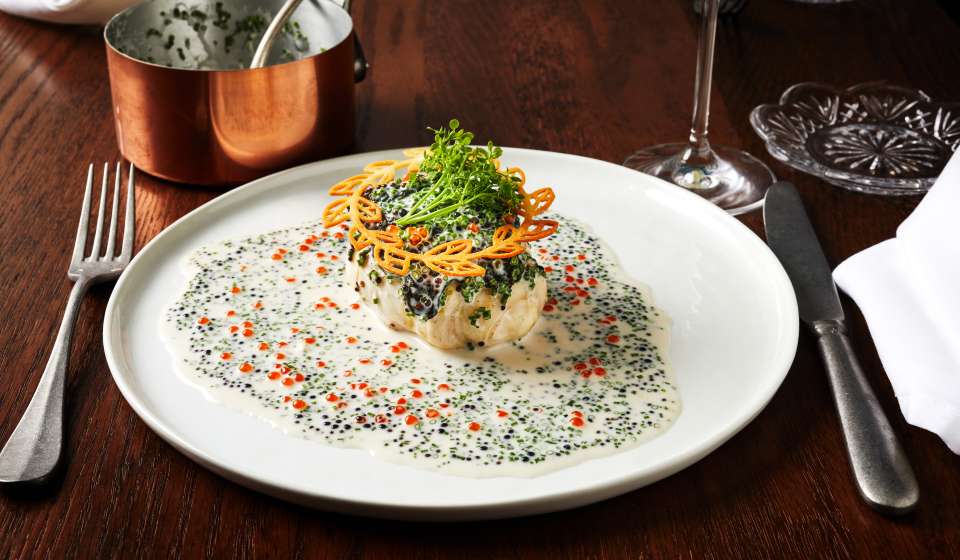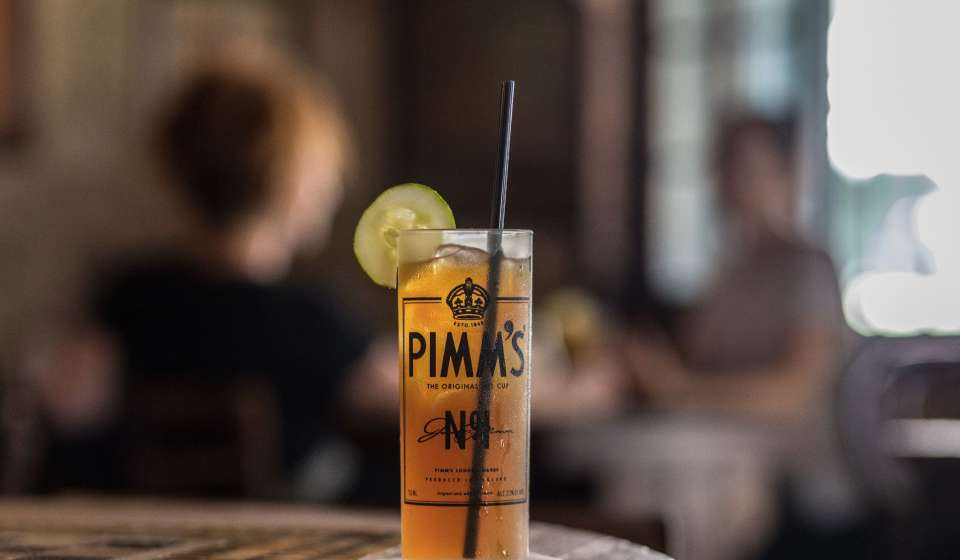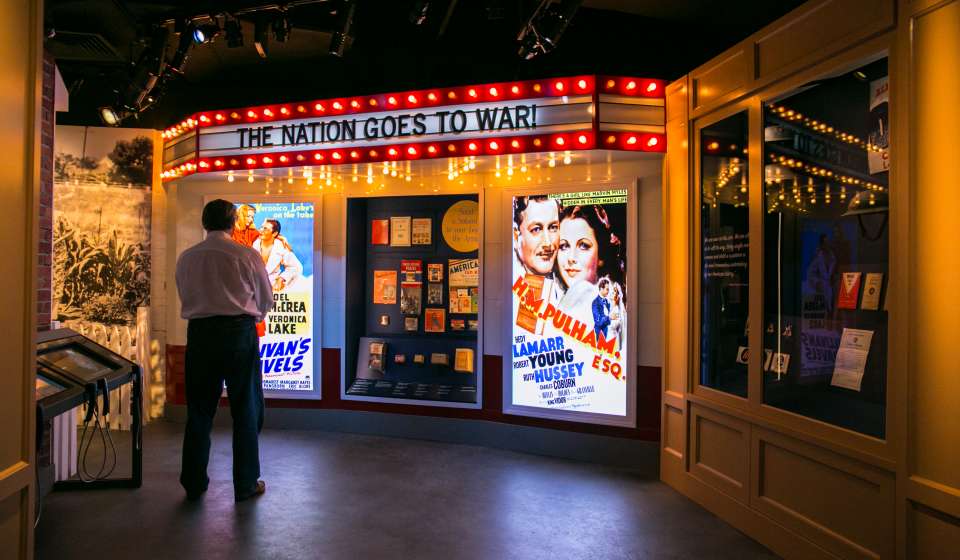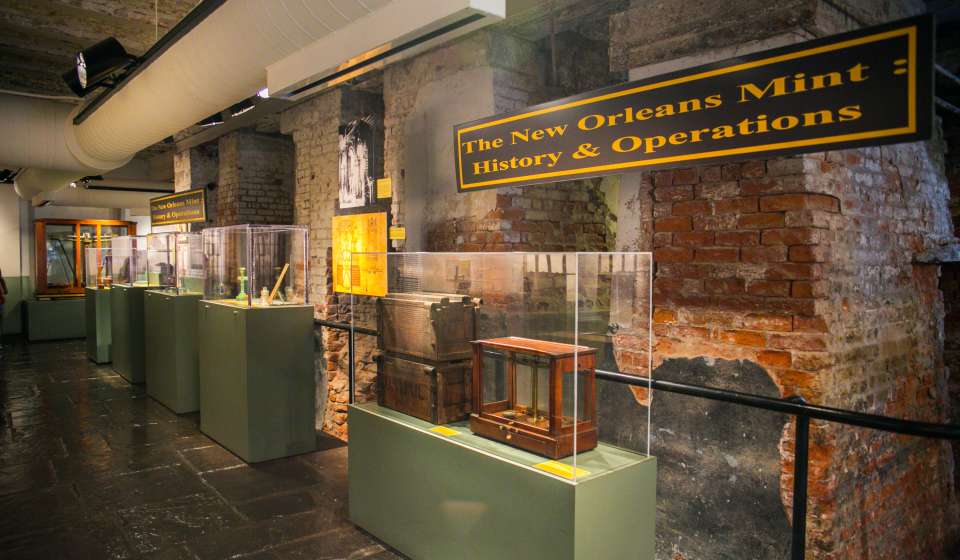
-
Wedding Tools
- Complimentary Planning Assistance
- Destination Wedding Guide Digital Copy
- Elopement Packages
- Marriage License & Legal Essentials
- Checklist
- Welcome Bag Ideas
- Second Lines
- The History of Wedding Umbrellas and More in New Orleans
- Wedding Cake Pulls
- Destination Wedding Guide Printed Copy
- Wedding Inspiration
-
Venues
-
Vendors
-
Pre & Post Wedding
- Wedding Inspiration
- Contact Us
-
Why New Orleans Is Built To Host
- Hotels
-
Meeting & Event Venues
-
Services & Planning Tools
-
Group PR & Marketing Tools
- Convention Calendar
- Testimonials
- Awards
-
Online RFP
- Availability Grid
- Contact Us
-
Things to Do
-
Eat
-
Drink
-
Stay
- Book a New Orleans Hotel
- Hotel Directory
- Bed And Breakfasts: Hotels - New Orleans & Company
-
Places To Stay: New Orleans Hotels - New Orleans & Company
- Saint Charles Avenue Hotels
- Luxury Hotels
- Garden District Hotels
- French Quarter Hotels and Lodging
- Downtown/Central Business District Hotels and Lodging
- Bourbon Street Hotels
- Green Hotels
- Bourbon Street Balcony Hotels - New Orleans & Company
- Haunted Hotels in New Orleans
- Pet-Friendly Hotels
- Historic Hotels
-
Calendar
-
Trip Planning Tools
- Insider's Blog
- LOVENOLA.TV 24/7 Broadcast
-
Weddings
-
Wedding Tools
- Complimentary Planning Assistance
- Destination Wedding Guide Digital Copy
- Elopement Packages
- Marriage License & Legal Essentials
- Checklist
- Welcome Bag Ideas
- Second Lines
- The History of Wedding Umbrellas and More in New Orleans
- Wedding Cake Pulls
- Destination Wedding Guide Printed Copy
- Wedding Inspiration
-
Venues
-
Vendors
-
Pre & Post Wedding
- Wedding Inspiration
- Contact Us
-
Wedding Tools
-
Meeting Planners
-
Why New Orleans Is Built To Host
- Hotels
-
Meeting & Event Venues
-
Services & Planning Tools
-
Group PR & Marketing Tools
- Convention Calendar
- Testimonials
- Awards
-
Online RFP
- Availability Grid
- Contact Us
-
Why New Orleans Is Built To Host
-
Groups
-
Travel Professionals
-
Membership
-
Press and Media
- Community
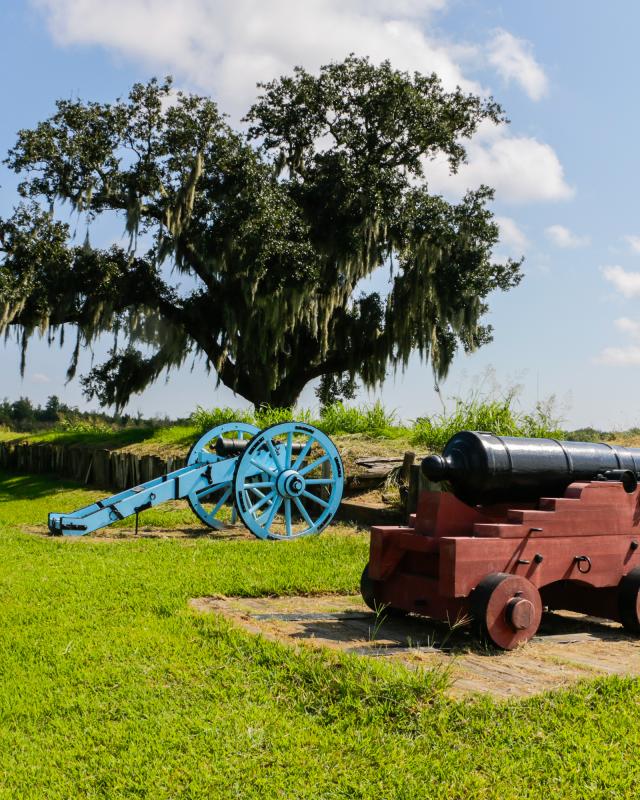

Military Reunions
There's tons of stuff for war buffs
Whether you’re interested in the Battle of New Orleans, the Civil War, World War II or all three, you’ll find exhibits and hear tales in New Orleans that you will find yourself repeating for years to come.
Come learn about Andrew Jackson and the patriot privateer Jean Lafitte. Hear stories about General Benjamin “Beast” Butler, head of occupied New Orleans during the Civil War. Learn about the role New Orleans played in World War II with the development of Higgins Boat and more.
Around the French Quarter – Full Day Itinerary
The oldest neighborhood in New Orleans, French Quarter is a history buff’s heaven.
Breakfast – You’re going to need more than beignets for breakfast this morning. Try Original Pierre Maspero’s Slave Exchange where it’s believed Andrew Jackson met with the Lafitte brothers to plan the defense at the epic Battle of New Orleans.
Jackson Barracks – Jackson Barracks was built from 1834 to 1835. It was one as one of the first Confederate posts at the time of secession, but was later occupied by Yankee forces. During World War I, the Barracks was a muster station. When the war was over, the property was declared “excess” and was given to the State of Louisiana. Today, Jackson Barracks is the home of the Louisiana National Guard.
Lunch – Back in the French Quarter, you have some amazing lunch choices to consider. Since you’re into military history, head to lunch at Napoleon House. Learn about the famous French general who never made it here, and be sure to order a Pimm's Cup. Then explore a couple of the sites below.
Jackson Square – Stand beneath the magnificent statue of President Andrew Jackson, hero of the Battle of New Orleans. Then go to the Cabildo, the site of the Louisiana Purchase Transfer ceremonies in 1803. There you’ll find fabulous exhibits on antebellum New Orleans, the Civil War and more.
Washington Artillery Park – A model of an 1861 Parrot Rifle used in the Civil War honors the local 141st Field Artillery of the Louisiana National Guard.
Old U.S. Mint – When Louisiana left the Union, the mint provided the state with what it needed most – cash. Later, when New Orleans relinquished to the Union, William Mumford tore down a U.S. flag from the mint, an action that led to his hanging. Today the building holds several exhibits including “The Mississippi and the Making of a Nation,” based on the book by historians Douglas Brinkley and the late Stephen Ambrose.
Old U.S. Custom House – This Egyptian-Revival style structure on Canal Street was Gen. Benjamin Butler’s headquarters during the Union occupation of New Orleans, as well and as a prison for captured Confederate officers. The ground floor now houses the Audubon Insectarium.
Dinner – Dine in one of the city’s oldest restaurants, Antoine's, where many presidents and war-time celebrities have been entertained, including Franklin Roosevelt, George Bush, and Bill Clinton, as well as Bob Hope and Bing Crosby.
Ghost Tour – Haunted sites in New Orleans with a military connection include Lafitte’s Blacksmith Shop, the Hotel Provincial and the Beauregard-Keyes House. At the last, the ghost of General P.T. Beauregard is said to reenact the Battle of Shiloh on horseback (inside, no less!)
The Arts/Warehouse District – Full Day Itinerary
There is a plethora of museums in this part of city including two that focus on war.
Breakfast – Have breakfast at Two Chicks Café before going off to battle.
Gallier Hall (Old City Hall) – Because of its strategic location (the gateway to the Mississippi River) New Orleans became an early Union target. In April 1862, after days of heavy bombardment, New Orleans officials surrendered the city at Gallier Hall. Confederate President Jefferson Davis and New Orleans own General Pierre Trudeau Beauregard both lay in state here.
Lunch – You can’t do better than Cochon on the corner of Tchoupitoulas and Andrew Higgins. With James Beard Award-winner Donald Link at the helm, you won’t be disappointed.
National World War II Museum – Named the No. 2 in the World by TripAdvisor Travelers’ Choice Awards (2017), the National World War II museum is a must-see for all patriots. Come discover the courage and sacrifice of the men and women who changed the world.
The Victory Solomon Theater Pavilion is home to the Solomon Victory Theater, featuring the 4D, multi-sensory exclusive cinematic experience Beyond All Boundaries from producer Tom Hanks.
Dinner and a Show – Stay at the museum tonight and dine at The American Sector Restaurant + Bar, serving a Victory Garden-to-Table menu. Then swing and sway back to VJ Day with a show at BB’s Stage Door Canteen.
Treme – Half-Day Itinerary
The oldest African-American neighborhood in the United States is an amazing place to learn about slavery and the role it played in the Civil War.
Lunch – If you were the leader of the free world, where would you eat in New Orleans? Presidents Obama and George W. Bush chose Dooky Chase, home of the “Queen of Creole Cuisine.” 2016 James Beard Lifetime Achievement Award Winner Leah Chase is the chef.
African-American History Museum – Located on the site of a former plantation, this museum includes items such as receipts for the purchase of slaves and chains used on slave ships.
Tomb of the Unknown Slave – Located in a garden plot alongside St. Augustine Catholic Church, this shrine serves to commemorate the memory of “the nameless, faceless, turfless Africans who met an untimely death in Faubourg Treme.”
Garden District/Uptown – Half Day Itinerary
 Enjoy the amazing antebellum homes throughout these neighborhoods. Take a guided tour or get a map and explore on your own. There are two buildings of interest to war buffs.
Enjoy the amazing antebellum homes throughout these neighborhoods. Take a guided tour or get a map and explore on your own. There are two buildings of interest to war buffs.
John Bell Hood Home – the French Second Empire style house at 1331 Camp street was lived in by Confederate General John Hood, his wife Anne and their 11 children. In the summer 1879, yellow fever struck the city and Hood, his wife, and their daughter Lydia died from yellow fever. The Hood’s surviving children were adopted by several families.
Christ Church Cathedral – Final resting place of Civil War Confederate Lieutenant General Leonidas Polk, second cousin of President James K. Polk. General Polk also served as bishop of and was known as Sewanee's Fighting Bishop. His grave can be found in the front floor sanctuary of the church to the right of the pulpit. Fort Polk is named in after him.
Foot of Canal Street – Half Day Itinerary
If you get a chance, take the Canal Streetcar over to Metairie Cemetery. Here’s an afternoon itinerary to try out.
Lunch – Love Asian fusion? Head to Café Minh. Can’t get enough traditional Italian-Creole cuisine? Mandina’s Restaurant is terrific. The turtle soup is wonderful and so is everything else. Both are on the streetcar line.
Metairie Cemetery – One of New Orleans’ most famous Cities of the Dead holds the remains of Confederate Generals Richard Taylor, P.G.T. Beauregard and John Bell Hood. Here you’ll find breathtaking monuments dedicated to Louisiana soldiers who served in the Army of Tennessee and the Army of Northern Virginia, as well as a separate monument to the famed Washington Artillery.
Afternoon Snack – Get off the streetcar at N. Carrollton Avenue and walk a few feet to Angelo Brocoto’s. There you’ll find fabulous gelato, cannolis, spumoni and more.
Other Add On Points of Interest in Chalmette and Points East
Chalmette National Cemetery – The Chalmette Battlefield is the site of General Andrew Jackson’s famous victory over the British in 1815. From 1864 on, it became the final resting place for more than 12,000 Union soldiers. Today you can see the Chalmette Monument, battlefields, replicas of cannons, and the Malus-Beauregard House.
Fort Pike State Historic Site – This decommissioned 19th-century United States fort was named for Brigadier General Zebulon Pike, a brigadier general and explorer for whom Pikes Peak was named. Built in the decades after the War of 1812, this fort, along with Fort Macomb, guarded the eastern invasion routes to the important city of New Orleans. While they did not see any actual combat, they are of interest because they housed primarily African-American garrisons during the conflict and after.
Fort Macomb – Listed on the National Register of Historic Places, the ruins of this 19th-century U.S. brick fort can be found on the western shore of Chef Menteur Pass. Like Fort Pike, it served to guard the important city of New Orleans during the Civil War.


